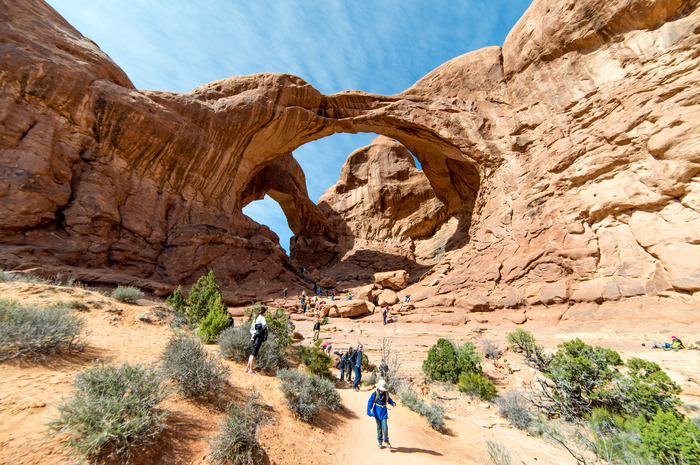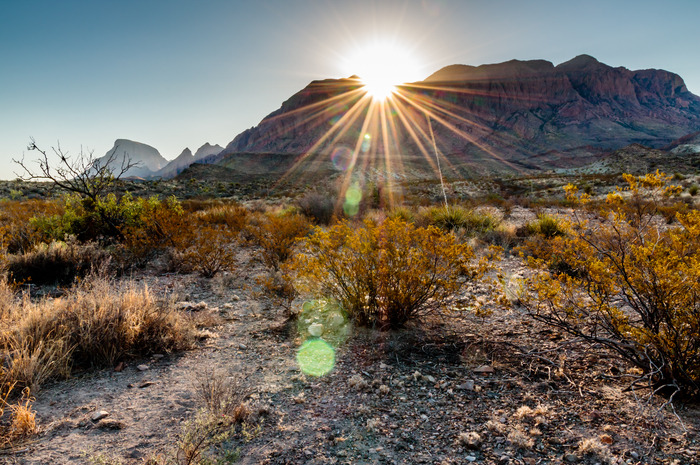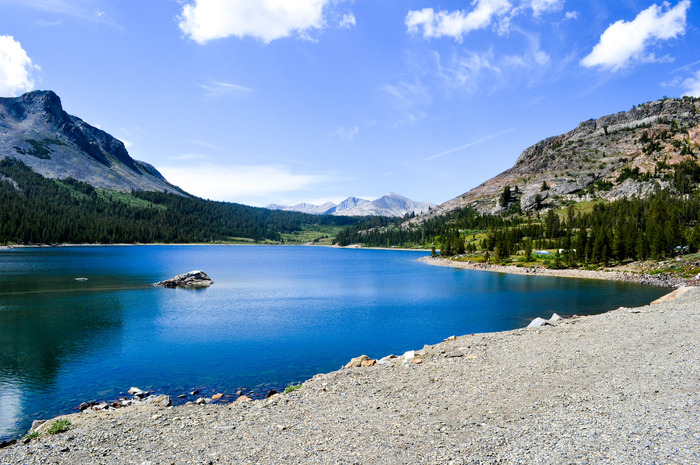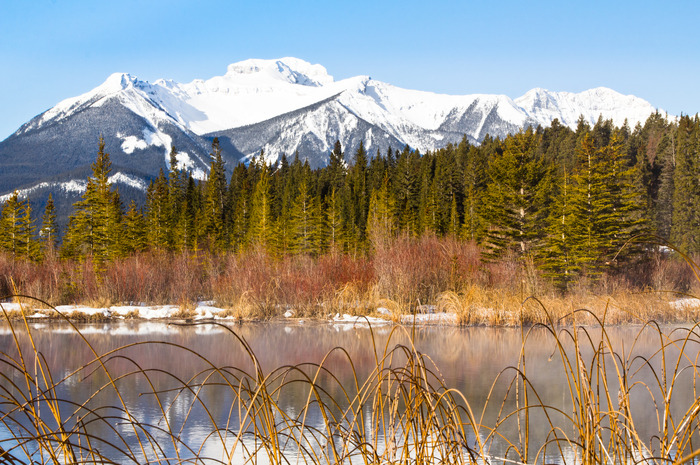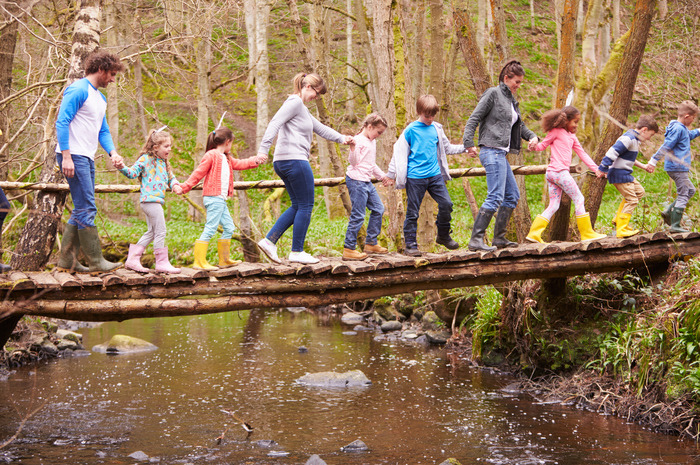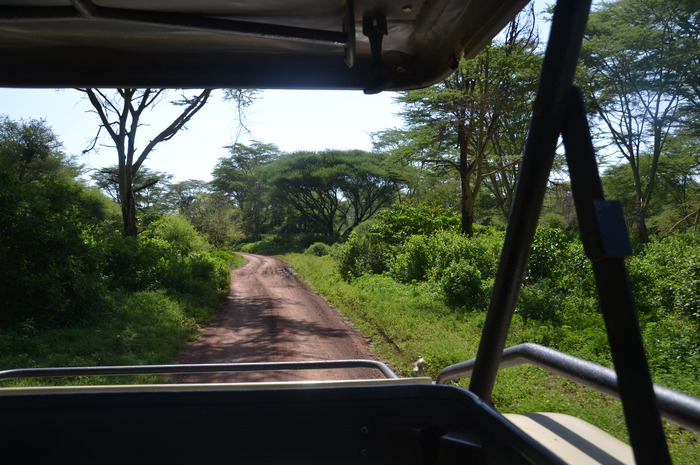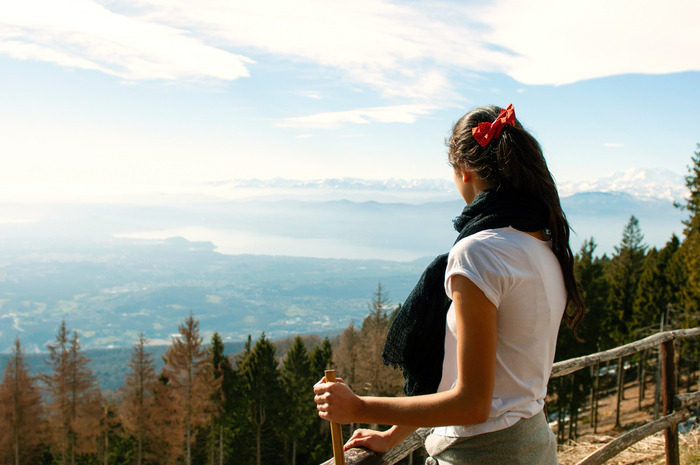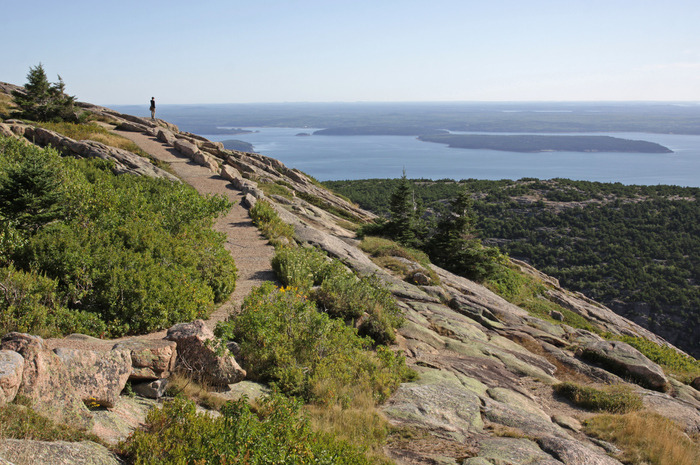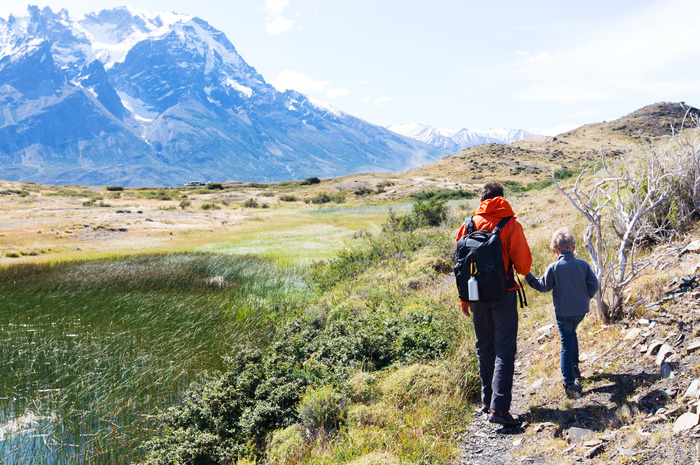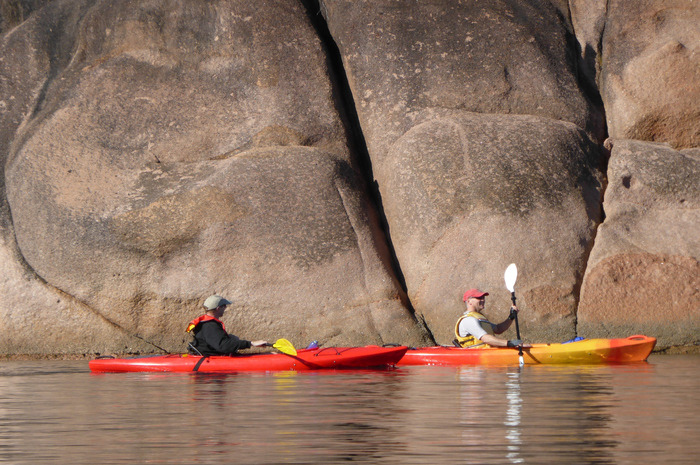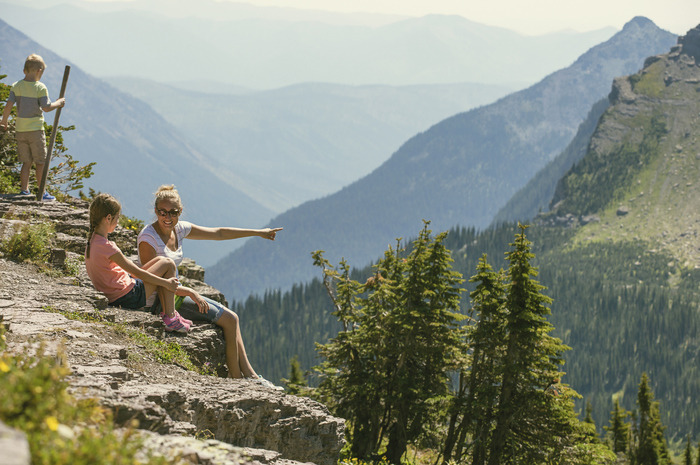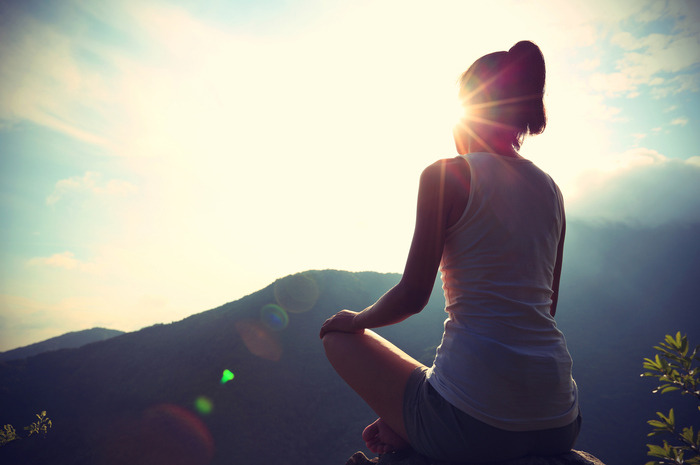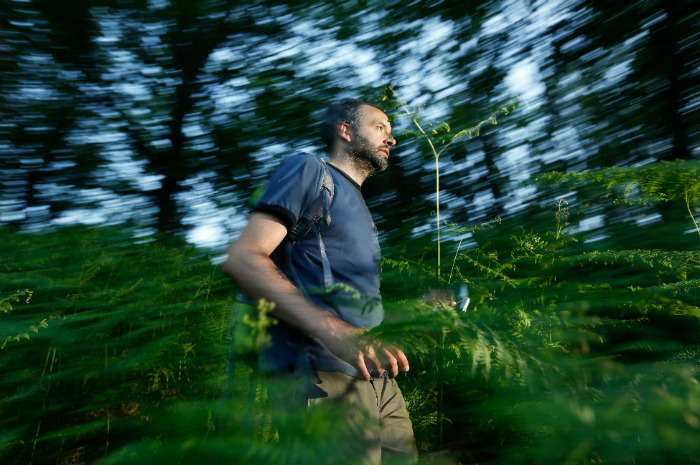50 Reasons To Love The National Parks
50 Reasons to Love The National Parks
America's "best idea" – its national parks – have a lot more to celebrate this year than a centennial. They received a record-breaking number of visitors in 2015 – whooping 307,247,252 recreation visits, according to National Parks Service (NPS) data. This is a 4.9 percent increase over 2014, which held the previous record of 292.8 million. The trend is clear – more and more people head out too explore the wilderness. Amongst the variety of outdoor adventures you can embark on, the reasons to love national parks are endless – they are educational, full of mysteries and provide spiritual inspiration.
Stargazing
City lights and air pollution have all but eliminated the opportunity to see stars at night. But there are national parks that have kept their natural nightscape and made it their goal to preserve the awe-striking experience of stargazing. Big Bend is known as one of the outstanding places in North America for stargazing, as it has the least light pollution of any other National Park unit in the lower 48 states, according to NPS. You can see meteor showers and lunar eclipses in Death Valley, as there is almost no artificial light disturbing the breathtaking views. Other ideal parks are the Badlands and Joshua Tree.
Exceptional biking
One of the best ways to explore national parks is by cycling, because a bike will take you places you won't be able to travel to with a car. Deserts, mountains, forests, waterfalls, inspiring views and wildlife are all there for bikers to relish. Riding a bike on a woodsy trail can be just what you are looking for if you're tired of concrete streets and the same old views of skyscrapers, cars and people.
There’s life in one of harshest places on the planet
Death Valley, which is spanning from California to Nevada, is the lowest, driest, and hottest area in North America, but it blooms a little every spring. A very rare so-called "super bloom" recently occurred, thanks to low winds and a lot of rain – both rare conditions in the Death Valley. El Nino's weather patterns kept the flowers watered as they grew.
They will test your physical limits
Camping, hiking, and enjoying the stunning beauty of nature and the wilderness comes with some difficulties. Precipice Trail in Acadia National Park is very popular on the East Coast but it's also one of the most dangerous in Acadia National Park. It's not technically difficult, but the steep drops and open cliffs make the walk very tricky. It's tempting to want to climb from the rim down the river along the Bright Angel Trail, but it's 4,380 feet in elevation and can get scorching hot. Other physically challenging places are The Narrows, The Maze, and Half Dome.
Underwater adventures
The national parks still have hidden places—a few million acres of geological gems, stunning wildlife and historical artifacts unknown to most because they lie not on land but underwater. Yellowstone Lake has dormant geothermal spires believed to be 11-13,000 years old; an American WWII M4 Sherman tank rests in the shallows of Tanapag Lagoon, Saipan; Channel Islands have some of the most amazing kelp forests in the world.
They make winter your favorite season
Winter is rarely a time people are looking forward. But you may even find trading your hiking boots for new skis or snowshoes refreshing. The colder weather and the snow make going to a national park a completely different experience. The busy trails are calm, less crowded, and the white fine fluff covering the landscape shows you another side of nature's splendor. While most people visit for incredible skiing opportunities, non-skiers have plenty to do.
You can escape the summer heat
Some of this nation's best playgrounds are preserved within the National Park System, including scenic rivers, vast lakes, and spectacular coastal waters. You can beat the summer heat by relaxing on beaches surrounded by trees, plunge into the deepest lake in the country, and go white water rafting or kayaking. There are copious options across the country.
Volcanoes
Hiking a dangerous and active volcano is an exhilarating way to explore otherworldly terrain, steep slopes, lava flows and hot springs all in one trip. Beyond pure aesthetics Mount Rainier National Park offers visitors the chance to climb an active volcano. Hawaii Volcanoes National Park is incredible, giving you the opportunity to visit two of the world's most active volcanoes. Try hiking the Kīlauea Iki Trail to descend through a lush rainforest to the floor of the solidified but still steaming Iki Crater lava lake.
"Where Mountains, Ice, and Ocean Meet”
National parks are more than just endless green landscapes or deep canyons. They are incredibly diverse and are home to hundreds of different animal and plant species. Kenai Fjords National Park is, for example, "where mountains, ice, and ocean meet," according to NPS. The icebergs and glaciers there are majestic year-round. Spring is the time to visit if you want to witness gray whales coming back to Alaska. It is also the time to see how black bears live in their natural environment.
Caves
Mammoth Cave National Park in central Kentucky is a jaw-dropping family experience. Home to the longest known cave system in the world – more than 400 miles, this World Heritage Site will have you going back every chance you get. You'll have to crawl on your hands and knees to see certain places. Mammoth Cave consists of 390 miles of passageway. Visit the Wind Cave National Park and you'll have access to one of world's longest caves. Wind Cave, South Dakota boasts more passageways per cubic mile than any other cave in the world. The ice caves at Pictured Rocks are breathtaking.
Inspiring fall foliage
Some national parks have stunning fall foliage displays that you won't believe actually exist. The gleaming yellows, oranges and reds form one-of-a-kind patterns in the trees and eventually gather in layers on the ground. Cuyahoga Valley National Park, Great Smoky Mountains, Yosemite, and Acadia, which are some of the most popular parks in the U.S., are also some of the most spectacular in the fall.
Rock climbing
Black Canyon of the Gunnison is known for their 2,000 foot tall canyon walls. If you love rock climbing, this is the National Park for you. However, it is recommended for expert climbers only. Don't overlook Joshua Tree National Park in California. It has more than 8,000 known climbs up the park's famous rock formations. It is especially popular in the winter when other more famous rock climbing destinations are closed. Arches National Park and Acadia are also popular destinations.
Horseback riding
Exploring some of the most scenic landscapes in the U.S. is arguably even more incredible when experienced from the same vantage point as our ancestors. For many, it's a simplistic and relaxing way to reconnect with nature and even allows for the navigation of terrains that might otherwise be inaccessible. Rocky Mountains, Shenandoah, Glacier National Park, Bryce National Park, and Sequoia & Kings Canyon offer many different tours ranging from riding a mule to week-long trips.
See some of the tallest trees on the planet
Kings Canyon National Park has several giant sequoia groves and the famous General Grant Tree, the world's second largest. The tallest trees are redwoods (Sequoia sempervirens), which tower above the ground in California. These trees can easily reach heights of 300 feet. In late 2006, naturalists discovered a new tall tree, dubbed Hyperion. It rises to 379.1 feet, which is nearly six stories taller than the Statue of Liberty.
Canyons
Explore the wilderness through the breathtaking canyons in Canyonlands National Park. The Grand Canyon is an incredible adventure destination. Bryce Canyon National Park is not actually a canyon, but Sequoia & Kings Canyon National Parks are home to giant deep canyons where you can go bird watching, camping, fishing and climbing. Visit Zion to explore 229 square miles of sculptured canyons and soaring cliffs.
Scuba diving
Almost all National Park Service areas with significant water holdings are of some interest to divers, although scuba diving receives little publicity, according to NPS. The Isle Royale National Park has many lakes, bays, and islands waiting to be explored. Isle Royale is the largest island in the largest fresh water lake in the world. You can go scuba diving and explore the most intact collection of shipwrecks. Go diving from the shore of Tutuila Island at National Park of American Samoa (American Samoa) and view some of the over 950 species of fish and over 250 species of coral. The four volcanic islands of this remote park offer exceptional viewing of its diversity of species.
You can see some of the oldest living things on earth
Bristlecone Pines in Bryce Canyon National Park are among the oldest living organisms on earth, according to NPS. "Clone-creating plant species like Quaking Aspen live to be much older if you age their root systems. Bristlecones are only found in six states, Utah included. The oldest living tree is called 'Methuselah' and is 4,765 years old. This tree is nearly 1,000 years older than any other bristlecone alive today." It lives in a secret location in the White Mountain range of eastern California.
You learn about people
Jonathan Irish, a professional outdoor, adventure, and travel photographer, and Stefanie Payne, his partner, are currently touring all 59 national parks to celebrate their centennial. They call it the "greatest American road trip." "We've been thinking about this whole concept of the kindness of strangers," Jonathan says. During a flat tire emergency, he says, the tire was not easily coming off the wheel and he didn't know what to do. "We're in the back country and suddenly this guy comes with his dog and helped us out." One time they were hiking but the trails and signs were covered in 3 ft. of snow. There was no one around except this one couple who was coming back and pointed them the right way. Another time Stefanie got stung in the eye on the trail and a family "totally came to my rescue." "People were always helpful," Jonathan adds.
Mind-blowing natural colors
You will find some of the most mind-blowing colors found in nature in Petrified Forest National Park. Petrified wood is the product of trees transitioning into stone. According to NPS, "each piece is like a giant crystal, often sparkling in the sunlight as if covered by glitter." The rainbow of colors is produced by impurities in the quartz, such as iron, carbon, and manganese. Geologists, paleontologists, historians, visit from all over the world to study the park. The Morning Glory Pool in Yellowstone National Park is also stunning.
Most of them are pet-friendly
Pets are allowed in national parks even if they have to be restrained sometimes while you're not in a designated recreational area. Few pet-friendly national parks offer more opportunities to take a hike with your pooch than Acadia, according to the NPS. Spanning several islands along the rugged Maine coast, the park features 100 miles of pet-friendly hiking trails and 45 miles of carriage roads where leashed pets are welcome. Other pet-friendly parks are Great Sand Dunes, Shenandoah, and Cuyahoga Valley.
You make new friends
National parks are ideal for social interactions between kids as well as adults. Parks are an adventurous meeting place where people get closer, form healthy bonds, and share experiences. Unlike the urban and concrete jungles, you are surrounded by people who like the outdoors as much as you, love to go on adventures, relax in the wilderness, and breathe fresh air.
They are good for you physical and mental health
According to science, people who spend time in parks cope better with stress, feel happier and have more self-esteem. Leisure activities in parks improve moods and enhance a sense of wellness. When the warm weather melts the snow and washes the winter blues away, national parks become the preferred destination to reconnect with nature before temperatures get too high and beaches become too crowded.
They benefit the economy
Trip-related spending by visitors generates and supports a considerable amount of economic activity within park gateway communities, according to NPS. They received a record-breaking number of visitors in 2015 – whooping 307,247,252 recreation visits, according to data. In 2014, people spent more than $15 billion in local gateway regions, leading to 277,000 jobs, $10.3 billion in labor income, $17.1 billion in value added, and $29.7 billion in output. The lodging sector saw the highest direct contributions with 48,000 jobs.
Lakes
Crater Lake in Oregon inspires wonder. "Scientists marvel at its purity: fed by rain and snow, it's the deepest lake in the U.S. and perhaps the most pristine on earth," according to NPS. "Lake Clark National Park is a land of stunning beauty, where craggy mountains reflect in shimmering turquoise lakes, and local people and culture still depend on the land and water of their home."
National parks encourage children to explore nature
National Parks give children the opportunity to connect with their natural and cultural heritage. They can explore and learn about an abundance of nature and wildlife. Bonus: Parks usually have a ton of children's programs to choose from, research the national park before you get there to figure out which one suits your child best.
View incredible wildlife
The untouched landscapes of our national parks make it a premier place for wildlife spotting. From 67 different mammal species in Yellowstone National Park to crocodiles in Everglades National Park, grizzly bears in Glacier National Park and bird watching in Hawai'i Volcanoes National Park, there are tons of wildlife spotting opportunities.
Peace and tranquility
When many people think of national parks their mind usually goes to outdoor sports, adventures and wilderness. National parks also offer a sense of peace and tranquility. Enjoy the sunrise, admire the scenery, go for a peaceful walk, and relax within your wilderness surroundings.
Camping
If you love camping and exploring the wilderness, head to a national park. Some of the best national parks for camping include Big Bend National Park in Texas, Zion National Park in Utah, Grand Canyon National Park in Arizona and Joshua Tree National Park in California.
Great value
If you are looking for a great vacation at a reasonable price, head to one of America's national parks. Park entry is affordable and permits are relatively cheap.
They are protected areas
National parks protect wildlife, ecosystems and other treasured landscapes, according to nps. They are defined geographical spaces that are managed through means, to achieve long term conservation of nature.
Some of them are free
If you go at the right time of the year, you may get lucky, because national parks offer free entry. In 2016 they are free from August 25-28 for National Park Service 100th Birthday, September 24 for National Public Lands Day and November 11 for Veterans Day.
Hiking trails
National parks are commonly visited by hikers. There are tons of trails and loops to explore. A few of the most famous hikes include the Teton Crest Trail in Grand Teton National Park, the Outer Mountain Loop in Big Bend National Park, Long Peak in Rocky Mountain National Park, the Sargent Mountain Loop in Acadia National Park, Grinnell Glacier Trail in Glacier National Park and the Half Dome in Yosemite National Park.
Connect with nature
These parks give you the opportunity to explore nature. See wildlife in their natural habitat, watch wildflowers as they bloom, take a scenic trail walk, view incredible waterfalls and ultimately, discover the wonders of the natural world. Bonus: There are some national parks that offer nature activities for adults and children. Call ahead before you go to find out what programs will be best suited for your family.
Some of them are empty
Go at the right time of the year and you will find that some of the parks are practically empty. Some of the least crowded U.S. national parks include Great Basin National Park, Dry Tortugas National Park and North Cascades National Park.
Hot springs
Who doesn't love the thought of relaxing in a warm hot spring? Visit Hot Springs National Park in Arkansas and find peace in their soothing thermal waters. Click here for more information. *Also See: The Planet's Best Hot Springs
Park programs
Visiting a national park can be overwhelming, as you may not know what to do, where to go, or how to get there. National Parks provide park programs. Learn and explore national monuments, memorials, gardens, the wilderness, rivers and even caves.
Road trips
Some national parks offer scenic adventures – road trips. Explore otherworldly landscapes, iconic landmarks and the wilderness. Two of the most popular scenic drives include the Going-to-the-Sun Road in Glacier National Park and the Blue Ridge Parkway in Shenandoah National Park.
Photography
National Parks offer some of the most incredible photography opportunities in the world. Capture photos of wildlife, the sunrise, sunset, landscapes, waterfalls and breathtaking scenery. The roadways, lodges and campgrounds make for outstanding photographs as well. Some of the best places in national parks to photograph include Vampire Peak in the purple twilight in Badlands National Park, the Hayden Valley backdrop in Yellowstone National Park and the sand dunes at Death Valley National Park.
Beaches
When we think of national parks, we usually think about hiking, camping and kayaking. Chances are that the thought of relaxing doesn't come to mind. That being said, we love the fact that some of our favorite national parks are home to gorgeous beaches. Some of the national parks with the best beaches include Dry Tortugas National Park, Haleakala National Park, Redwood National Park and Acadia National Park.
You can go solo
You don't have to take the entire family to get the most out of a National Park. In fact, more and more people are claiming traveling alone is one of the best ways to explore. Think about it – what's better than being able to create your own itinerary? Do what you want, when you want, and on your own terms.
They are full of mysteries
National Parks are full of mysteries, some of which are unsolved. Explore the land of unexplained mysteries and educate yourself on the truths that many people believe. For instance, it is said that ghosts of a bizarre plane crash and a mysterious underground city point to forces at work inside Grand Canyon National Park, according to the Travel Channel.
Learning opportunities
National Parks are more than just a place with a ton of recreational opportunities; they offer the chance to learn about our nation's history. For instance, learn about the Sequoia trees in Yosemite National Park and about the birth of the Industrial Revolution in America in Lowell National Historical Park.
Flowers
National Parks spark to life when wildflowers start blooming. Explore Acadia National Park to view a wide array of flora and fauna, Yosemite National Park for a chance to see approximately 1,450 different species of flowers, and Redwood National Park for one of the longest flower seasons of any park in the U.S.
Waterfalls
Waterfalls have been awe-inspiring forces of nature for ages. People travel from all over the world to see these natural wonders. The best part is that some of the most beautiful waterfalls in the world are located in our favorite national parks. Visit Sold Duc Falls in Olympic National Park, Bridalveil Falls in Yosemite National Park, Havasu Falls in Grand Canyon National Park, Lower Yellowstone Falls in Yellowstone National Park, and Rainbow Falls in North Cascades National Park.
Outdoors
Spending time in the outdoors and breathing in the fresh air at a national park provides numerous health benefits. It helps improve your mood, clean your lungs, increase your energy, strengthen your immune system, and boost brain power.
Visit glaciers before they melt
You have the opportunity, right now, to visit one of the most spectacular glaciers before they melt. Glacier National Park started with 150 active glaciers; today it only has about 25. Sperry Glacier is one of the largest glaciers in the park and it has withdrawn about 75 percent since the mid-18th century. Get out to this park soon if you want to see the remaining glaciers before they are gone.
You will never run out of things to do
One of the reasons why we love national parks so much is because you will never run out of things to do. Each national park has a wide range of activities and adventures for you to embark on during any season. Go hiking, sandboarding, dogsledding, kayaking, whale watching, camping, fishing, swimming, bird watching, biking, rock climbing, ice climbing and more.
Family-friendly adventures
National Parks are great for families; they offer a ton of family-friendly adventures. Bond with one another by the campfire, explore scenic trails, learn about our nation's history, go wildlife watching, whitewater rafting, kayaking, hiking and explore the natural surroundings.
Spiritual inspiration
National Parks are more than just mountains, landmarks, forests and monuments; they represent a spiritual piece of America. The spectacular landscapes and awe-inspiring scenery have the power to awaken a sense of wonder. The natural beauties of these parks have a tendency to move people in inspiring ways.
They teach you survival skills
People have no control over what can happen while hiking in the mountains. But there are methods and tricks they can apply to stay out of danger in a dire situation -you're stranded in the woods, your phone is dead, your GPS is not working and your compass is broken. Many survival schools offer classes on how to make it through any dangers during a backcountry or camping trip.
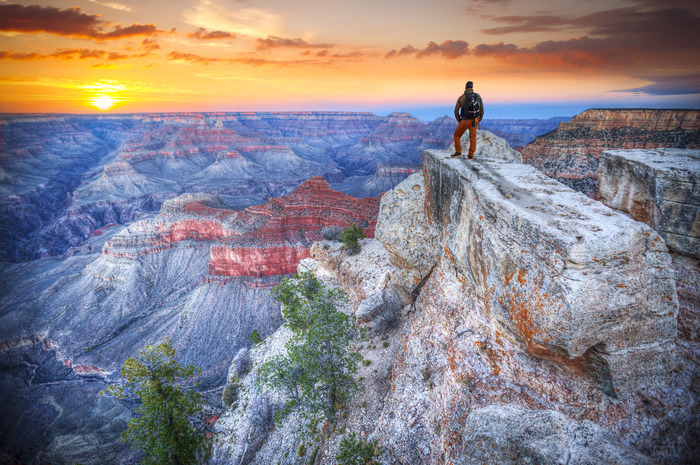
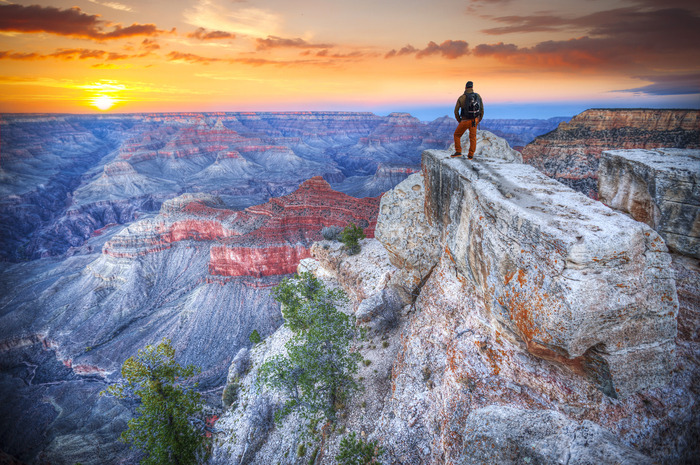
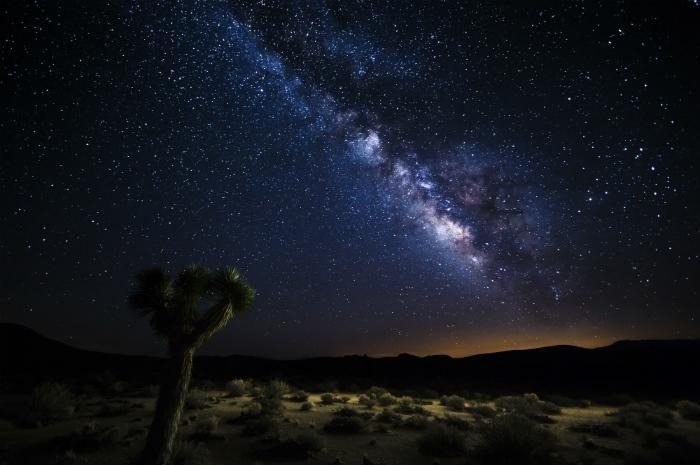
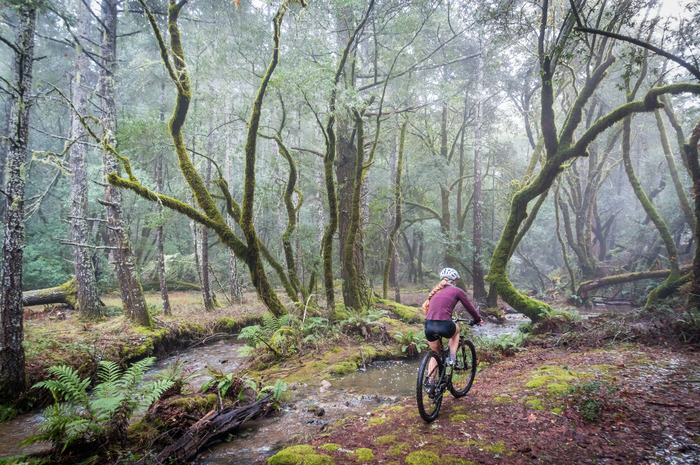
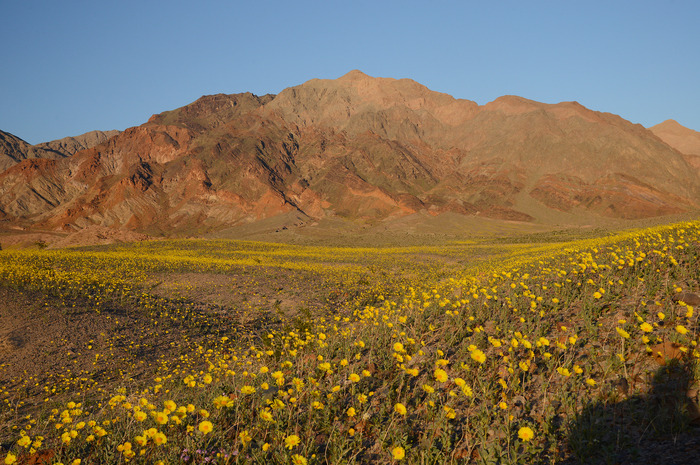
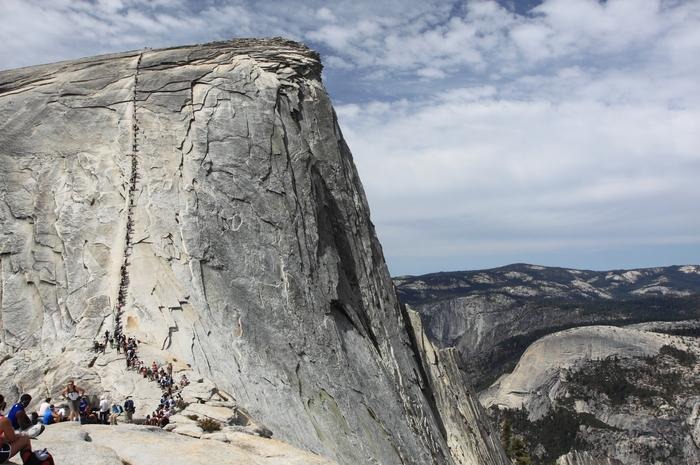
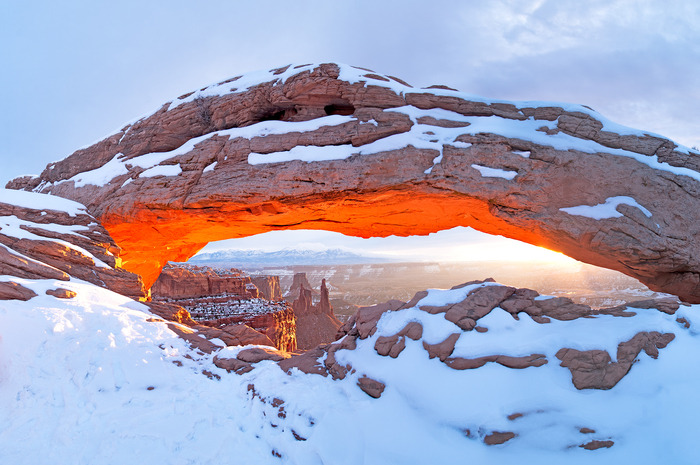
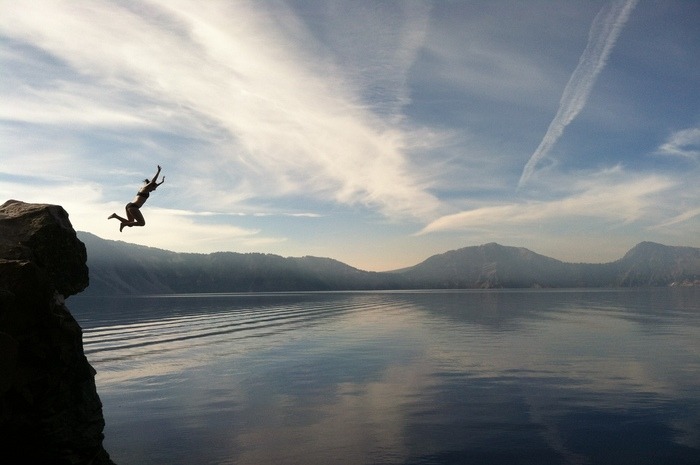
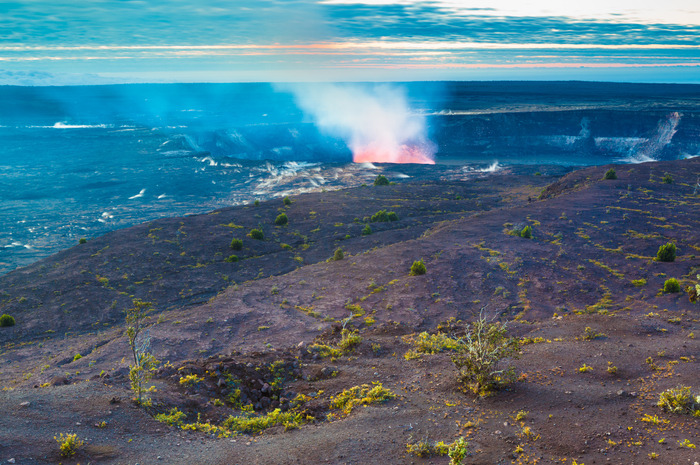
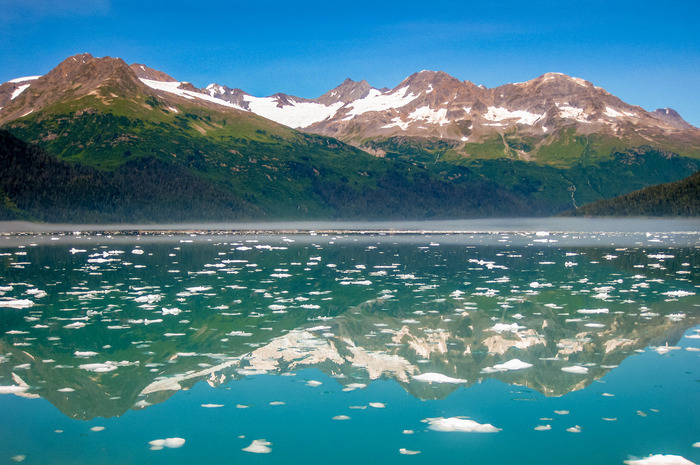
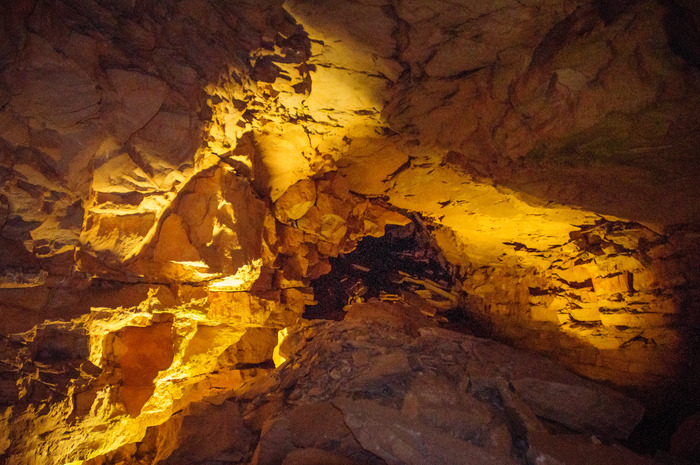
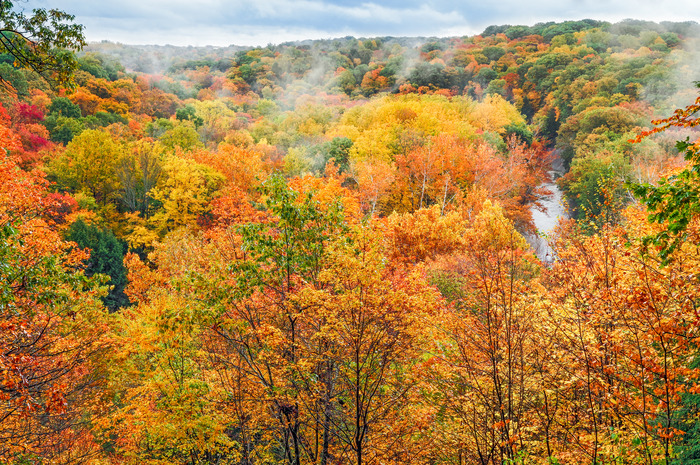
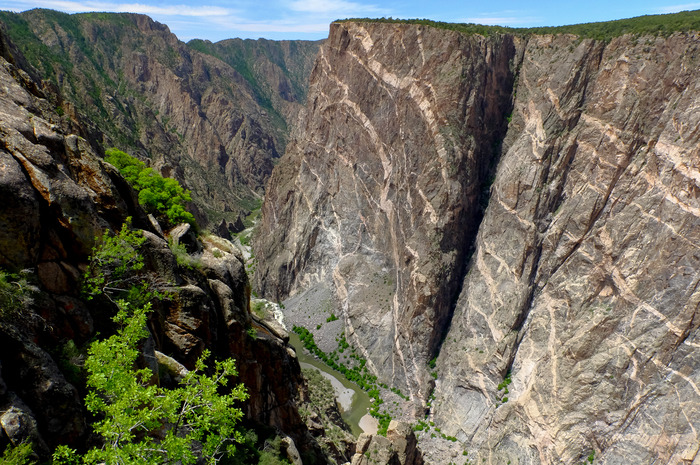
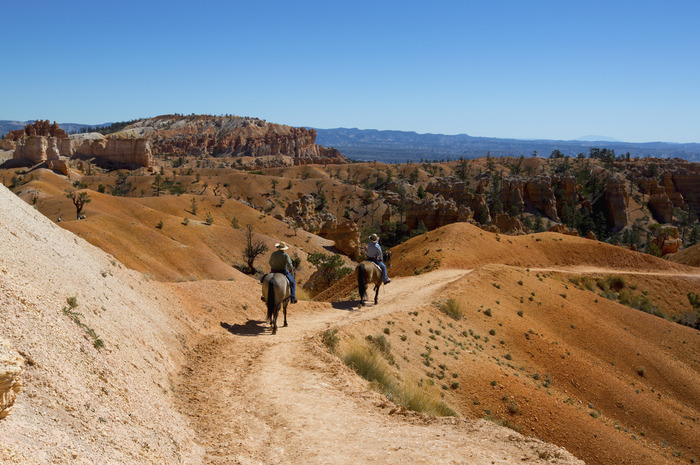
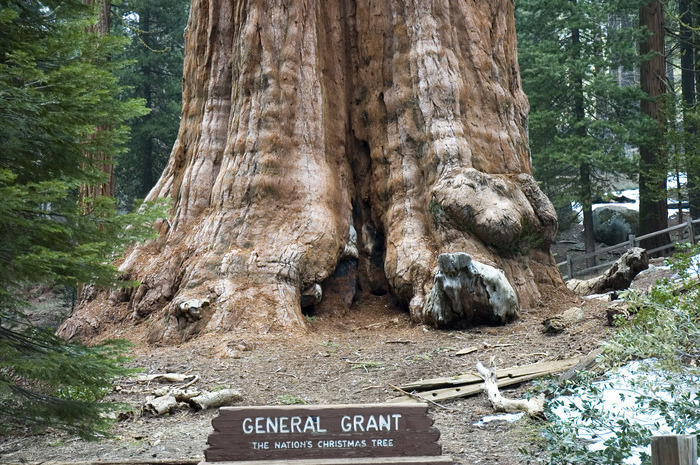
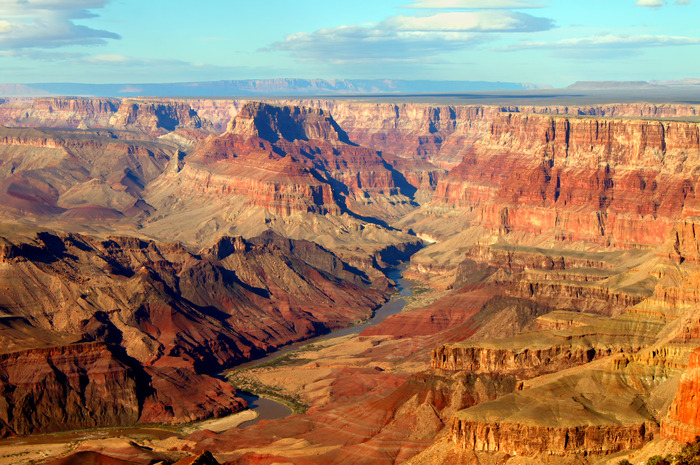
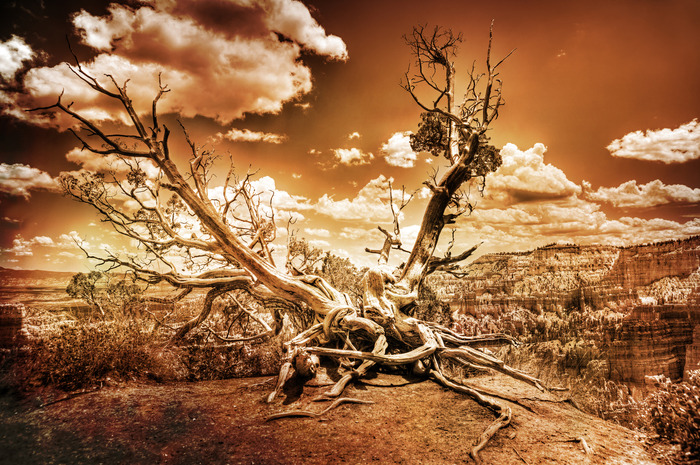
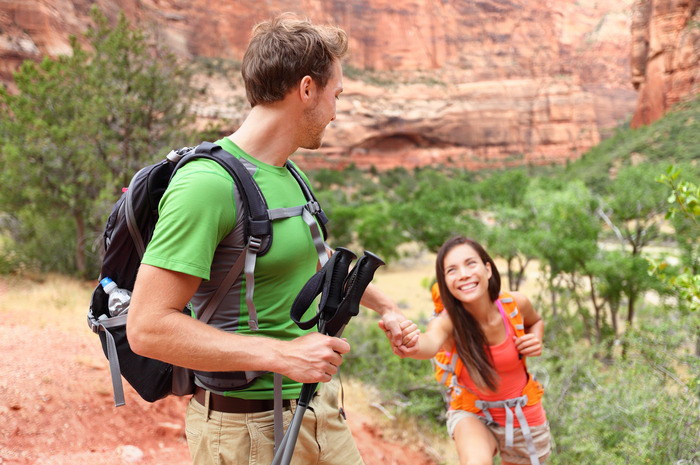
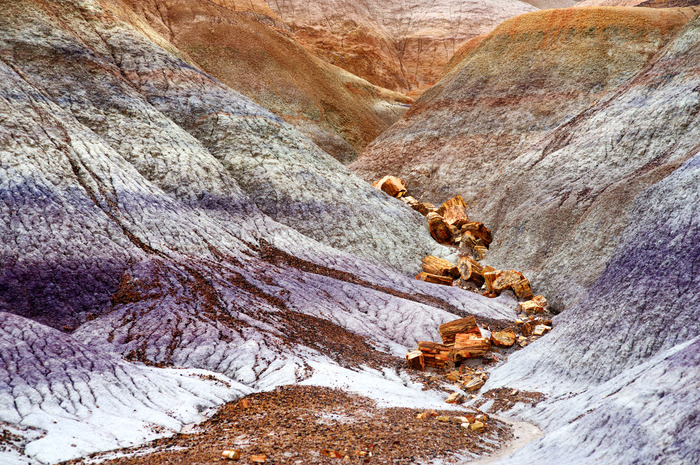

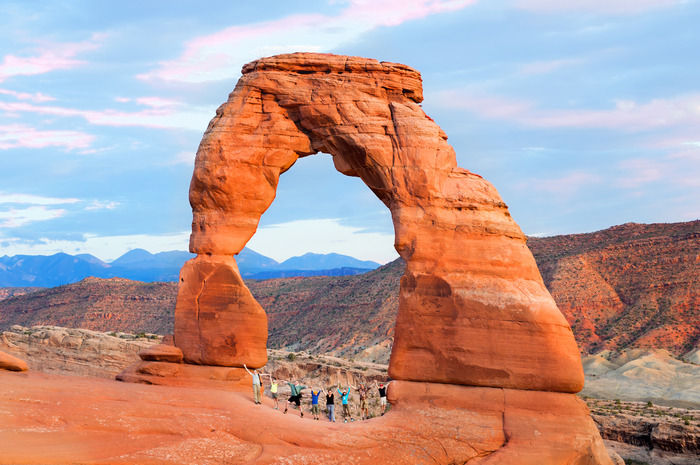
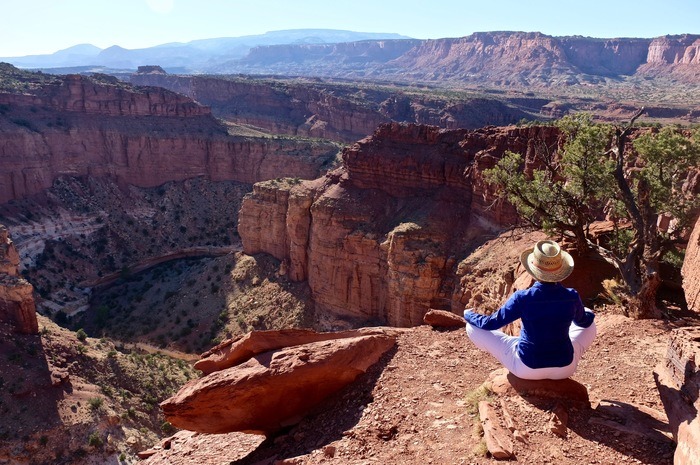
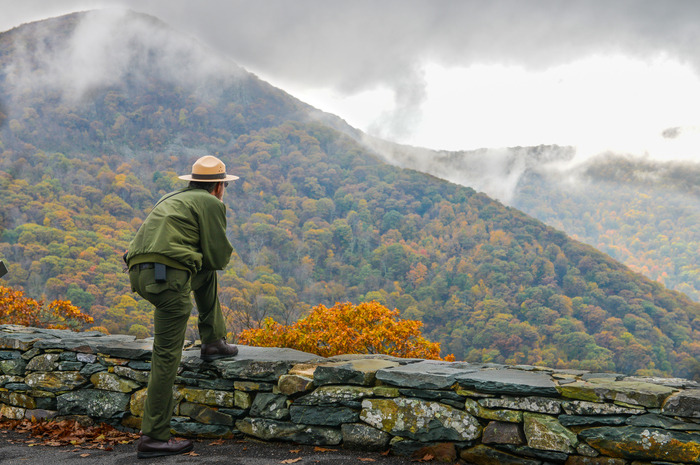
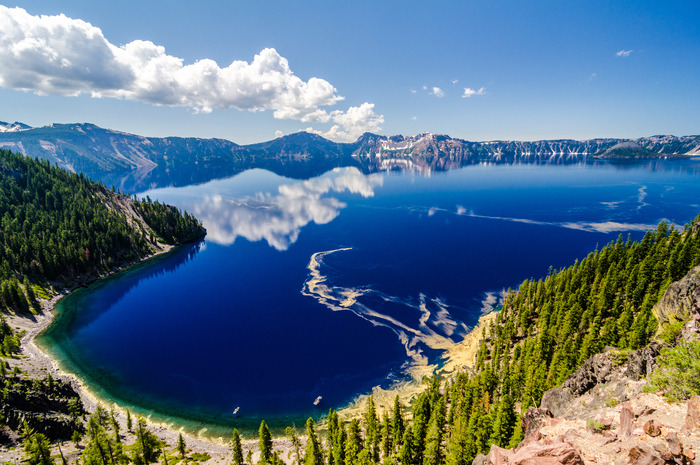
.jpg)
